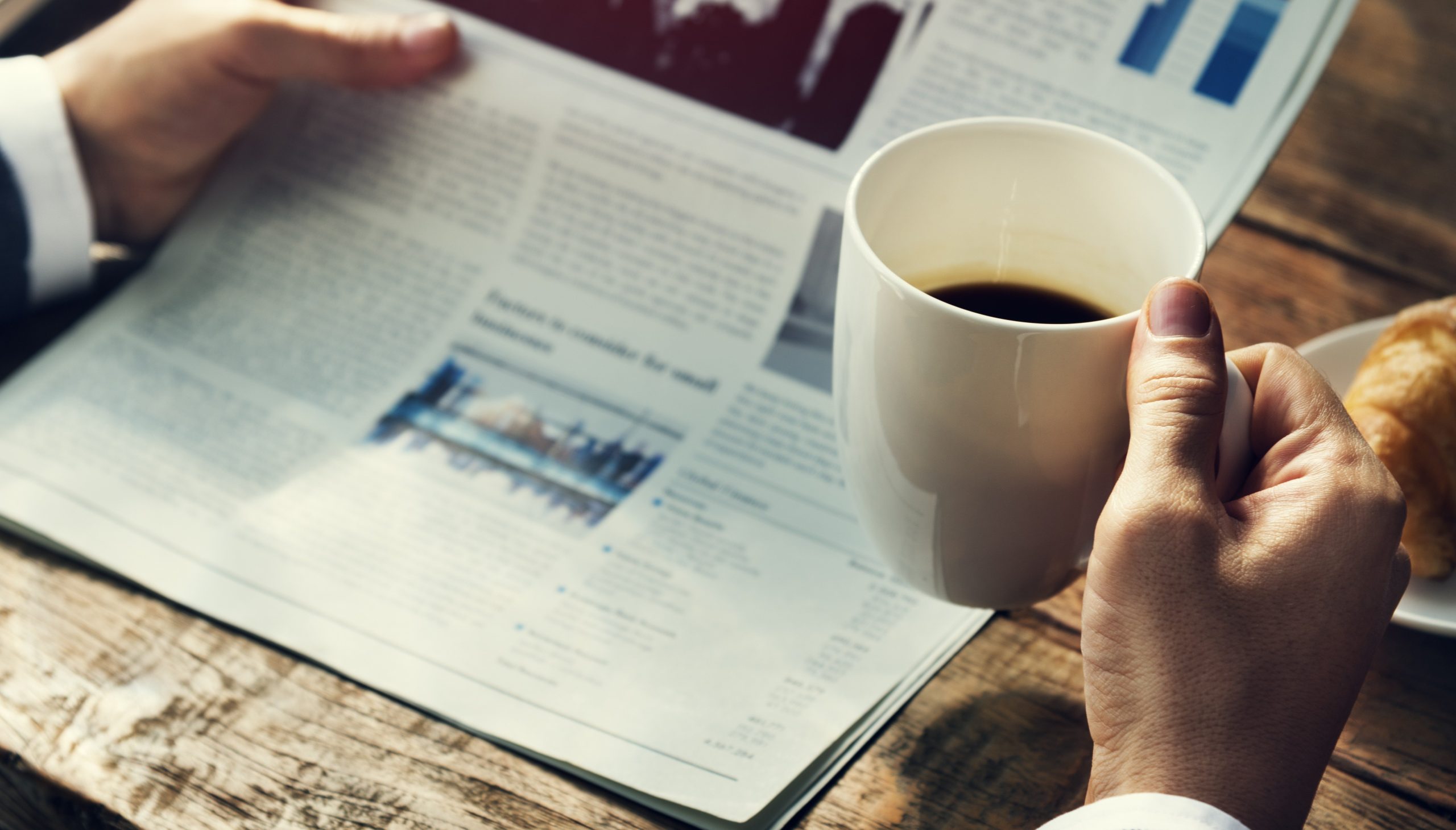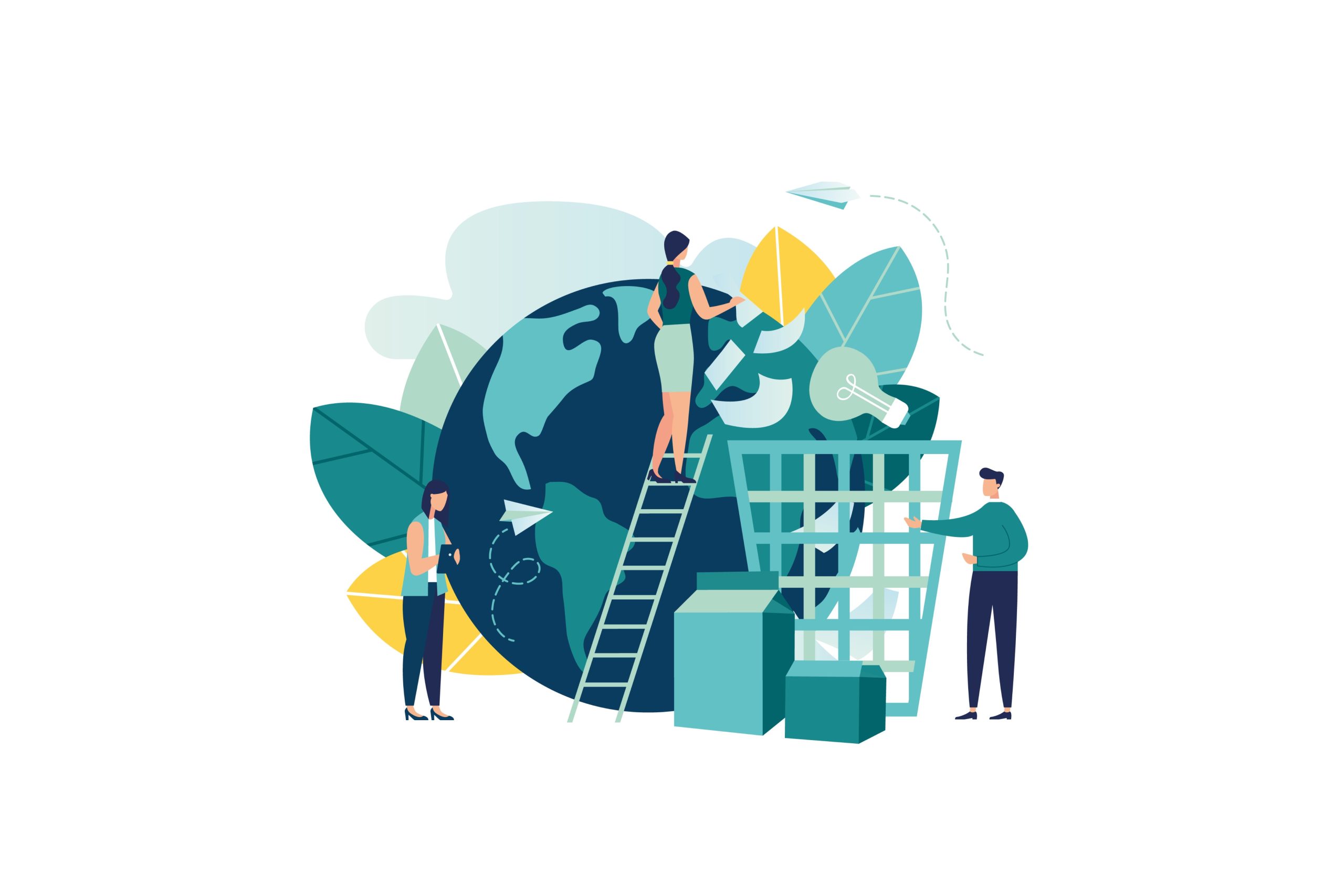
How to Leverage Opportunity Zones
Opportunity zones are new, powerful opportunities for expanding businesses, and are not widely understood. That combination matters if you are raising capital for your business.
Opportunity zones are not enterprise zones, blighted areas, empowerment zones, or any of the litany of other designations. Opportunity Zones (OZs) were created in the 2017 tax reform bill. The provision allowed for the designation of specific geographic areas that met certain economic criteria. As a result, there are now 8,700 OZs around the country that allow for special tax benefits to investors who invest in companies in those zones. There are several tests that a company can meet to qualify as a Qualified Opportunity Zone Business (QOZB), but they center around the primary operations and most of the employees being located in the OZ or across multiple OZs.
The tax benefits available to investors in QOZBs include:
- Being able to defer taxation of a capital gain into the future, possibly as far as 2026
- Being able to reduce the total tax on that gain by up to 15%
- Being able to reduce or even eliminate any future capital gain tax
Note: This is not a complete breakdown of the requirements to obtain the maximum tax benefit from these investments. The intention of this article is to inform business owners of QOZBs or those who are considering becoming a QOZB, and therefore should not be considered as tax or investment advice. Consult your CPA or CFP for those services.
If you are considering a capital raise to fund the growth of your business, be sure to research whether you already qualify or whether you would want to relocate to an OZ. Increasing the tax benefit available to potential investors is a great way to add additional value for them and can allow you to decrease your cost of capital. Please do your homework, reach out to your tax/legal/financial team for information, or give us a call if Opportunity Zones look like they can add value to your growing company.
For those who are skeptical about temporary tax benefits created via a party-line vote, while the legislation was enacted without a single Democrat vote, making it more fragile to future changes, the OZ legislation had wide bipartisan support as a standalone measure and was only later folded into a larger bill. This is important as it makes it less likely to face future amendment or revocation.
Have any questions? We’re here to help!
{{cta(‘b98204c7-0e0e-4d3b-895d-e54ef00e4f97’)}}



